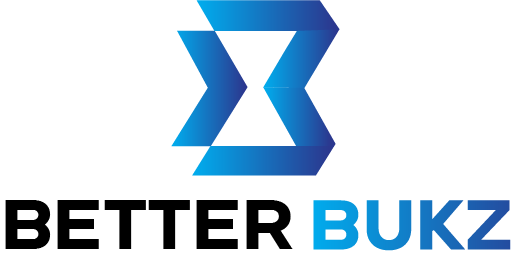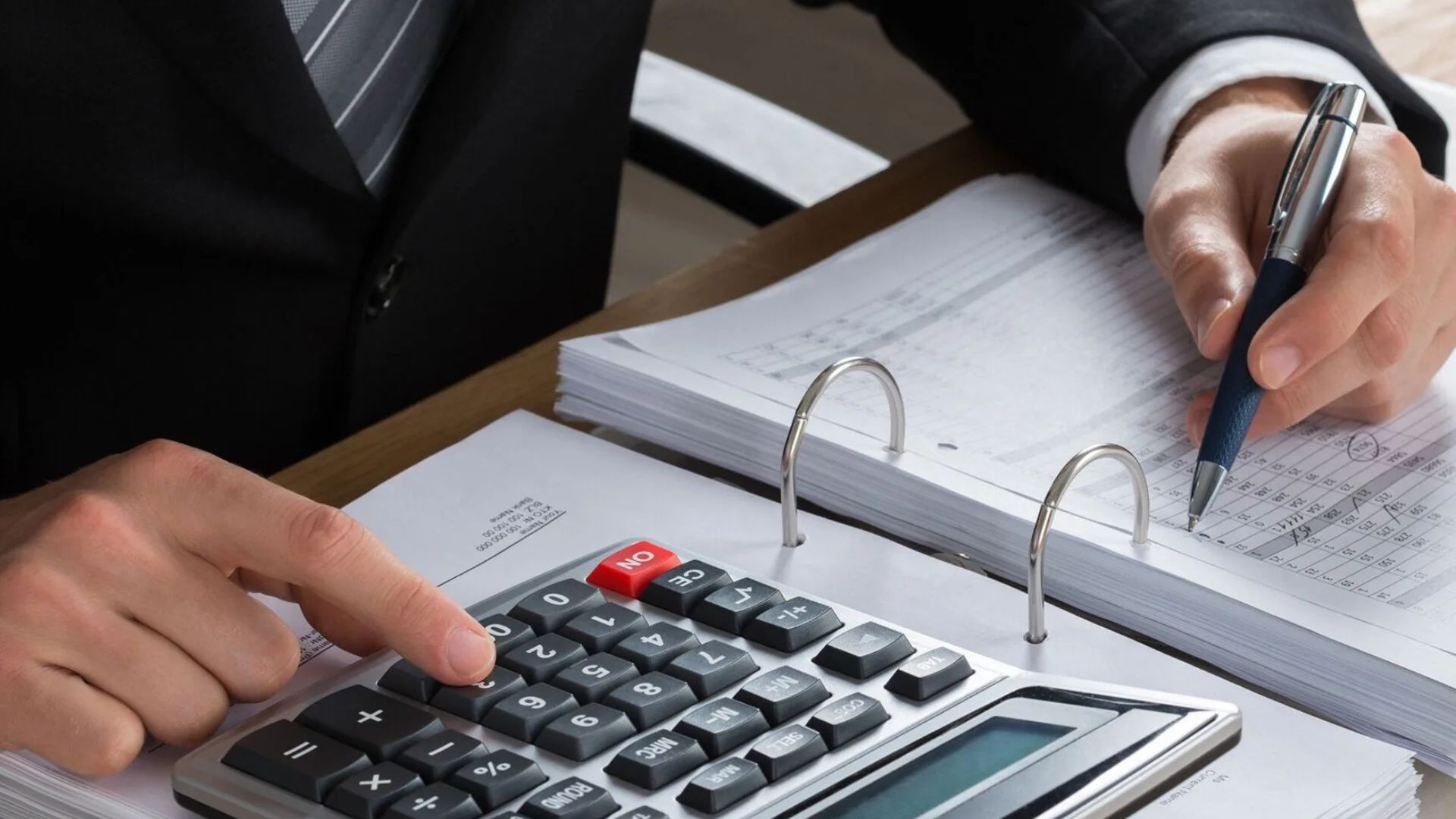Introduction
Each self-managed super fund will have to undergo an independent audit in each financial year. As a trustee, your role is not only to manage investment, but also to ensure that your fund follows ATO rules. Without proper preparation, the audit may be delayed, violation or punishment.
In this guide, we outline 7 essential steps to help trustees across Australia, especially those using SMSF ongoing support in Melbourne stay audit-ready and stress-free.
Step 1: Organise All Fund Documents Early
Start by collecting core documentation like:
- • Trust deed and amendment
- • Member contribution and pension document
- • Investment procurement/sales contract
- • Bank statement for all fund accounts
If you are using SMSF back office administration services, they usually maintain these records, which saves you significant time.
Step 2: Ensure All Financials Are Up to Date
Your fund accounting data should reflect all transactions for the financial year:
- • Income and expenses
- • Member balances
- • Contributions and withdrawals
Self managed super fund accountants use professional software to manage this process and generate financial reports that meet audit requirements.
Step 3: Review Investment Valuations
Accurate evaluation of property is important. It also includes:
- • Real estate (based on market value)
- • Unlisted shares or collectibles
- • Cryptocurrency holdings
If the assessment is disappeared or old, the auditor can mark compliance concerns. SMSF accounting tax and audit services often include help with proper assessment.
Step 4: Track contribution and pension correctly
Ensure that all contributions are within the annual concessional and non-fatal cap. If your fund pays pension, make sure:
- • Minimum annual pension amount is completed
- • All withdrawals are documented
Non-compliance can lead to tax consequences. Reliable SMSF ongoing support in Melbourne can help monitor these limits year-round.
Step 5: Confirm Insurance Compliance
The trustees should consider insurance for members and documentation of the decision. If ignored, your auditor can create a concern. You make sure:
- • Considered appropriate cover
- • Noted your decision in trustee meeting minutes
Step 6: Complete Trustee Declarations & Minutes
A simple inspection such as missing meeting minutes or announcements may delay the audit. Keep:
- • Annual trustee declarations
- • Investment strategy reviews
- • Trustee resolutions on record
If you use SMSF back office administration services, this step is usually automated or handled for you.
Step 7: Choose the right audit partner
Finally, select a licensed, independent SMSF auditor. Will be a good partner:
- • Review your financials & compliance.
- • Identify breaches early.
- • Provide feedback for improvement.
Most trustees prefer to work with experienced firms that offer self managed super fund audit services bundled with SMSF accounting tax and audit services to simplify reporting and ensure that nothing falls through cracks.
Conclusion
Being audit ready is not only about ticking boxes, it is about saving your retirement and compliance with law. By following these 7 steps and getting support from Self managed Super Fund Accountants, trustees can navigate the audit with confidence and accuracy.
Whether you are handling your SMSF yourself or working with a provider offering SMSF ongoing support in Melbourne, these practices ensure that your fund is obedient and stress-free.

